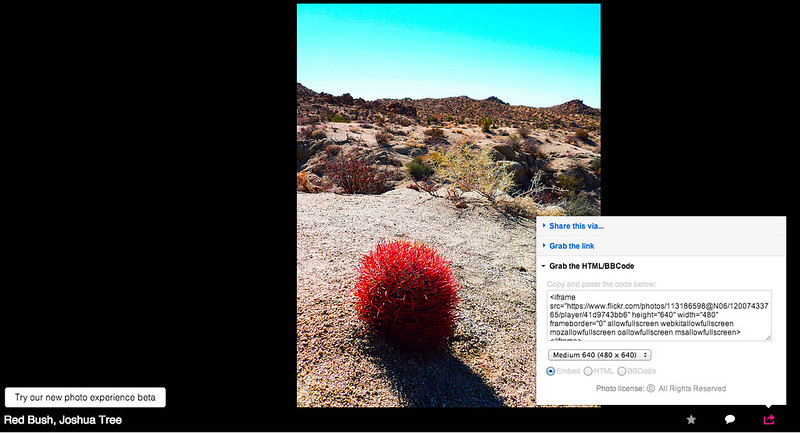“Beauty—or the desire to be beautiful—is in itself a dangerous motivation. Someone (I forgot who) once said, ‘Does the person who loves someone for their beauty really love them?’ So don’t focus on beauty … a respectable appearance is sufficient to make people more interested in your soul. It is the sum of our experiences that makes us interesting, and having been through a time in your life in which you were in a bad place (or what you perceived as a bad place) physically, can be useful. It can even be necessary.”
– Karl Lagerfeld (Yes, that Karl Lagerfeld), The Karl Lagerfeld Diet
Month: February 2014
TRENCHCOAT AND COFFEE: MINIMAL STYLE UNIFORM
As an aside, I like using Polyvore images sometimes instead of pics of real people, because it struck me recently after reading this post that most images circulating on Tumblr and Pinterest, where people pick their own content, are celebrities and models who are young, thin, and white.
I’m not sure if what I’m doing is a move in a better direction, but it’s a decision made with awareness.
WHAT’S YOUR CHARACTER TYPE?
DOUBLE EXPOSURE PORTRAITS BY ANETA IVANOVA
Just when I think there’s nothing else that can be done in the world of photography, I came across these double exposure portraits by Bulgarian photographer Aneta Ivanova, and the world of what was possible opened up just a crack more.
You can find more of her work here.
ON PIDGEONS
 |
| Via |
I only post this because it’s true.
WRITING UPDATE: REVIEWS
HOW TO EMBED PHOTOS ONTO BLOGGER USING FLICKR
- Make sure that you are not using the new beta version of Flickr. I tried it and it sucks.** Instead of simply embedding that one photo you wanted, it will unleash a slideshow of all your photos. No one wants that, Flickr. To make sure you are using the old version of Flickr, look at the bottom left of the photo. There should be a white box that says “Try our new photo experience beta.” Don’t click on that. If that isn’t there, then congratulations you’re in the new beta Flickr. Get out. Click on the bottom left corner to return to the old version.
- Next, click on the lower right hand corner box with the arrow icon shown above.
- Click on “Grab the HTML” code. Click on Html.*** Determine the size you want, and copy the code that appears.
- Return to Blogger, go to HTML instead of Compose on your post, and paste the code where you want your photo to appear. Your photo should appear under the Compose view, and you’re done.
- Open up the image on Flickr and select the size you want. Now, right click on the photo and select “Copy Image URL.”
*** Correction: Click on HTML, not embed. Embed will give you a slideshow. HTML will just embed that one photo.
WEEKEND DIY: SHELVES EDITION
 |
| Via Rue Magazine |
Then, I found a much more reasonable DIY below. It’s such a simple idea really: balance a refurbished plank of wood on top of a stack of magazines, and then you can have a shelf. Perfect.
 |
| Image via Tumblr |
MUSICAL PROCRASTINATION: THE XX – INTRO
ANTI-MULTI-TASKING
“There’s really interesting work showing that when you’re focused on what you’re doing, you become happier, even if what you’re doing is incredibly boring”
– Maria Konnikova, author of How to Think Like Sherlock Holmes














